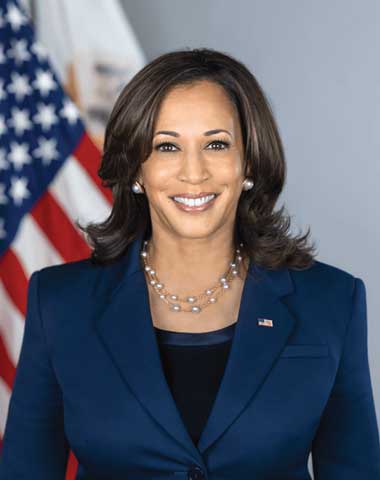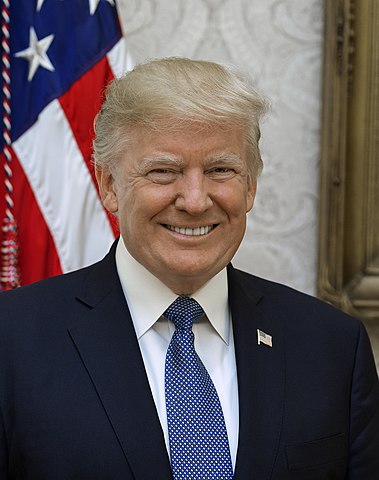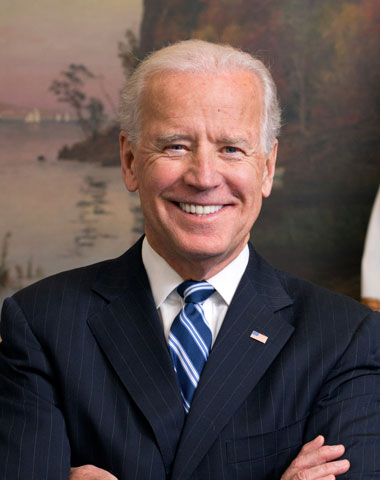|
|
President Trump has the opportunity to adopt the 2024 Children's Internet Safety Presidential Pledge to ensure the aggressive enforcement and funding of existing laws; the advancement of sound public policies; and the implementation of presidential directives and a robust legislative agenda to prevent child online exploitation. |
EIE is a non-partisan not-for-profit educational organization and does not promote, endorse or oppose any particular political candidate.

 2024 Presidential Election:
2024 Presidential Election:The Children's Internet Safety Presidential Pledge was sent to 2024 presidential candidates Kamala Harris and Donald J.Trump on September 23, 2024.

 2020 Presidential Election:
2020 Presidential Election: Donald J. Trump signed the Children's Internet Safety Presidential Pledge on July 16, 2016 (Hillary Clinton sent a letter of support.) The Biden campaign never responded. However, once elected, a Biden White House staffer did listen to our concerns.
|
Fund the Fight |
See Donald Trump's Signed Pledge
|
Read the press release about Donald Trump |
The internet is an unprecedented educational and communications tool making vast amounts of knowledge instantaneously accessible. Children and adolescents have fully integrated the internet into their daily lives, using technology and digital devices as a primary platform for education, communication, social interaction, entertainment, exploration, and self–expression. While it allows users access to what is good, beneficial, and enriching, when unrestricted, it also opens floodgates to what is dangerous, obscene, violent, and criminal.
Children and adolescents are particularly vulnerable to the impact of this broad spectrum of content and activity. This explosion in the use of such devices, evolving social media, app and gaming platforms, evolving technologies such as artificial intelligence and the expansion of unrestricted public Wi-Fi has left parents, caregivers and law enforcement officials, ill-equipped and often overwhelmed as to how to best protect children and families from new and emerging online threats and hold offenders accountable.
Safeguarding the innocence and dignity of children in the digital world is an issue that currently has bipartisan support at the federal and state levels of government. Preventing the sexual exploitation of youth online and other internet-enabled risks requires a multifaceted comprehensive and coordinated response involving a shared commitment by the public, corporations, and government. A growing number of government commissions , task forces , scholars, institutions and the World Congress on Child Dignity have recognized the significant risks associated with unfettered internet access by youth, and they have called upon governments, policymakers, parents/caregivers, industry, and educators to take action. (See "Research" section).
Whereas, the United States Supreme Court has ruled there are categories of sexual content that are not entitled to full First Amendment protection and which can be restricted or proscribed altogether, including obscenity and child pornography (child sex abuse material or CSAM) and reaffirmed in a 1998 decision noting both laws are still in effect for physical and electronic transfers: "[t]ransmitting obscenity and child pornography, whether via the internet or other means, is already illegal under federal law for both adults and juveniles."
Whereas, there are existing federal laws criminalizing online sexual exploitation and abuse of children (OSEAC), predation and sex trafficking of children. The need for aggressive enforcement of current federal laws and adequate funding for law enforcement to do so has been emphasized for over two decades.
Whereas, in 2023, The National Center for Missing and Exploited Children (NCMEC) CyberTipline received 36.2 million reports of suspected child sexual exploitation online containing more than 105 million images, videos, and other files. Online enticement increased more than 300% from 2021 to 2023. The United States harbors a staggering 30% of global child sexual abuse material (CSAM) online.
Whereas, human trafficking, a form of modern slavery which exists throughout the United States and around the world, "tears apart communities, fuels criminal activity, and threatens the national security of the United States. It is estimated that millions of individuals are trafficked around the world each year—including into and within the United States".
Whereas, the United States Surgeon General Dr. Vivek Murthy released Surgeon General's Advisory on Social Media and Youth Mental Health indicating social media can pose a risk of harm to the mental health and well-being of children and adolescents, stating that this is the "defining public health challenge of our times." Ninety-five percent of 13-17 year olds use social media platforms, with more than a third saying they use social media "almost constantly." "Children are exposed to harmful content on social media, ranging from violent and sexual content, to bullying and harassment. …. We are in the middle of a national youth mental health crisis, and I am concerned that social media is an important driver of that crisis – one that we must urgently address." When a former surgeon general warned that smoking could cause physical health problems, it ushered in momentous change resulting in the tobacco industry being required to fund a massive education campaign.
Whereas, the average age of first exposure to prosecutable pornography is age 12. More than half (ages 13-17) said they viewed violent pornography (rape, choking, someone in pain). Congress included report language in the 2022 Commerce, Justice, Science, and Related Agencies Appropriations Bill supporting "the work of the DOJ in investigating and prosecuting major producers and distributors of hardcore adult pornography".... "Such enforcement is necessary to protect the welfare of families and children as traffickers in illegal adult obscenity seek to extend their influence through advances in technology"...and to "increase its efforts in enforcing Federal obscenity laws." Seventeen states have either passed or adopted public health crisis resolutions, recognizing pornography's harmful effects on children, individuals and society.
Whereas, a Department of Justice 2020 review of Section 230 of the Communications Decency Act stated: "The combination of significant technological changes since 1996 and the expansive interpretation that courts have given Section 230; however, has left online platforms both immune for a wide array of illicit activity on their services and free to moderate content with little transparency or accountability." It concluded "the time is ripe to realign the scope of Section 230 with the realities of the modern Internet."
Whereas, cyberbullying has become rampant and pervasive among minors and is linked to negative impacts on mental health, substance use, and suicide. Bullied children are more likely to experience depression and anxiety, changes in sleep and eating patterns, health complaints, decreased academic achievement, and are more likely to miss, skip, or drop out of school. Forty-six percent of teens between 13-17 report experiencing some form of cyberbullying.
Whereas, financial sextortion is one of fastest growing crimes targeting children. The FBI and international law enforcement partners issued a joint warning about a global financial sextortion crisis having seen an explosion in incidents of minor boys around the world being coerced into sending explicit images online and extorted for money. A report issued by NCMEC and nonprofit Thorn found that sextortion incidents have significantly climbed in recent years with reports of online enticement increasing by 82% from 2021 to 2022.
Whereas, Attorneys General in all 54 U.S. states and territories called for a commission to study the impacts of artificial intelligence (AI) on child exploitation, expressing deep concern over potential misuse of AI to exploit and harm children through location tracking, voice mimicking, deepfake images, and AI-generated CSAM.
Whereas, other nations have established a top-ranking government officer to address the prevention of the online exploitation of children and U.S. children and families would benefit from having such an office, as similar positions currently exist such as the Office to Monitor and Combat Trafficking in Persons.
Now, therefore, we assert that the 47th President of the United States has both the challenge and opportunity through the presidential appointment process, presidential directives and policies, a robust legislative agenda, and the implementation of The Children's Internet Safety Pledge to make the internet safer and more secure for children and families. An entire generation will be lost if online threats to children are not mitigated now. In this respect, Enough Is Enough® and our NGO allies representing millions of Americans, call upon the 2024 presidential candidates to adopt The Children's Internet Safety Presidential Pledge to defend the innocence and dignity of America's children in the digital world.
If elected President of the United State of America, I promise to:
Click To Download the full Pledge
with Annotations and Footnotes
See even more research and statistics.